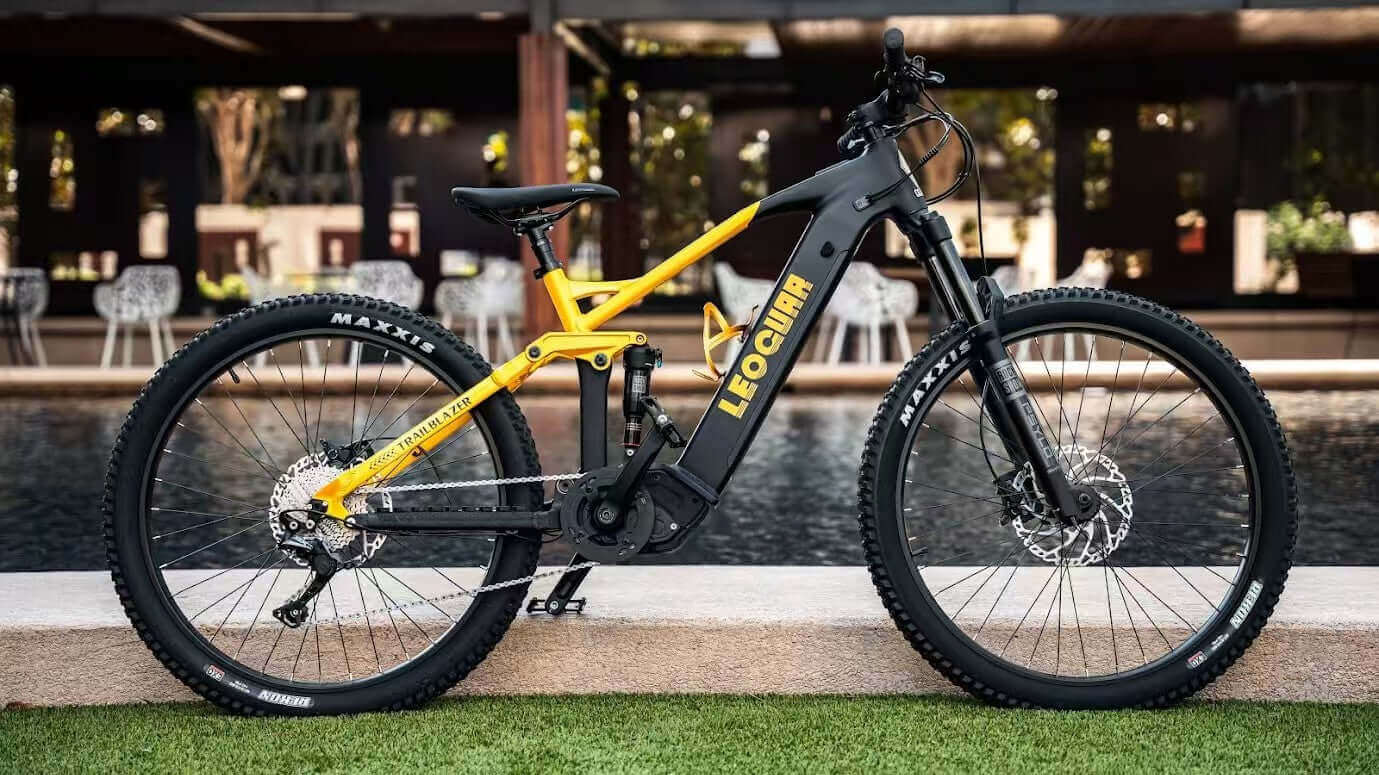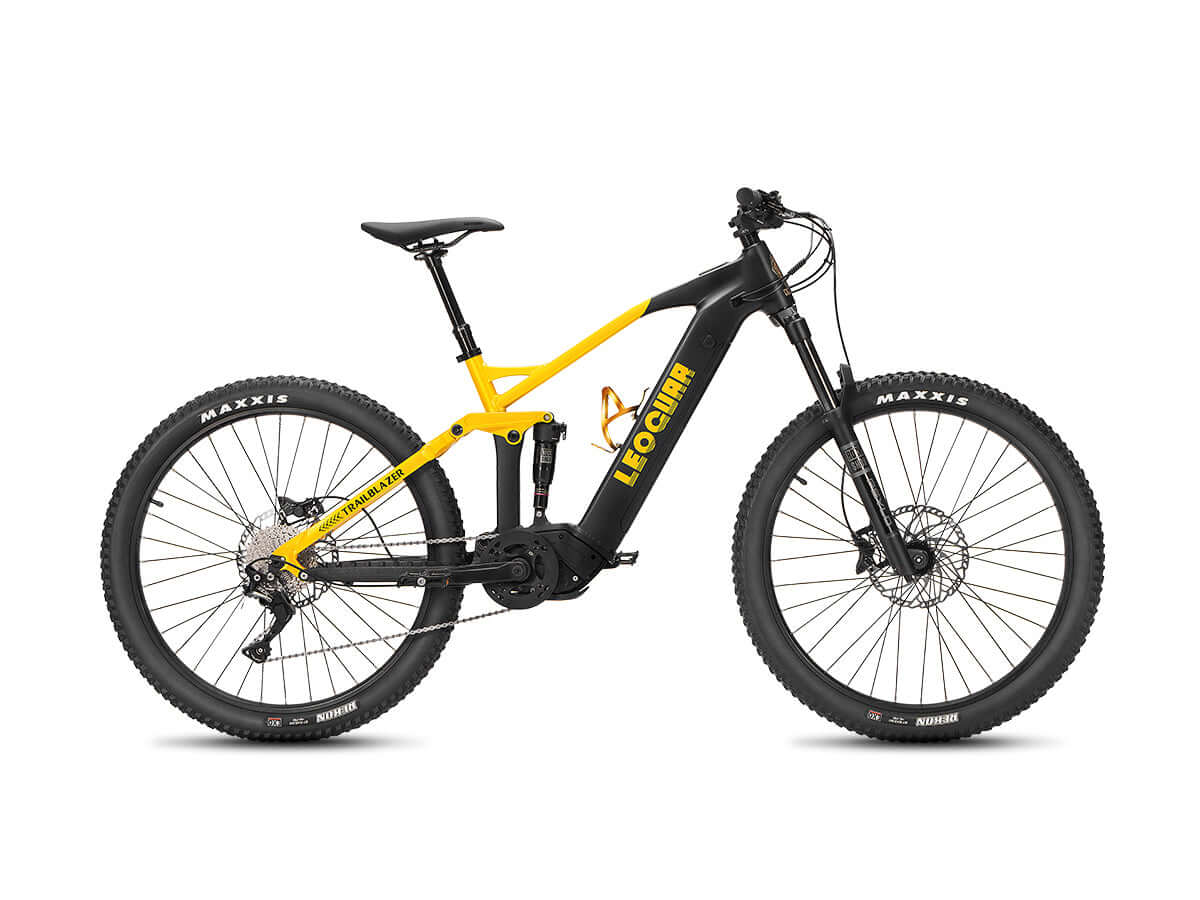
Why Carbon Fiber Frames Aren't Common in Electric Bikes
Introduction: The Rise of Electric Bikes
The eBike market has grown quickly, with consumers seeking high-performance, lightweight models. Carbon fiber, known for being strong and light, is common in traditional bikes but rare in eBikes. Despite its advantages, carbon fiber frames aren’t widely used in eBikes. This article explains why, looking at material properties, cost, manufacturing, and market demand.
Carbon Fiber vs. eBike Needs
Benefits of Carbon Fiber
Carbon fiber reinforced polymer (CFRP) is popular in high-end bike frames because of its excellent strength-to-weight and stiffness-to-weight ratios. Its main benefits are:
-
Lightweight: Carbon fiber frames are 30%-50% lighter than aluminum, improving efficiency.
-
High Rigidity: Adjustable stiffness for better pedaling power.
-
Shock Absorption: Helps absorb vibrations for a smoother ride.
eBike-Specific Needs
However, eBikes have unique requirements that reduce the advantages of carbon fiber:
-
Added Weight from Motor and Battery: eBikes are typically 10-15kg heavier, which makes carbon fiber’s lightness less significant.
-
Stronger Frame Needs: The motor provides extra power, meaning the frame must handle more torque and impacts, especially in mid-drive motor ebike models.
-
Long-Term Load Concerns: Frequent commuting or cargo riding may cause carbon fiber to wear out faster.
While carbon fiber is great for traditional bikes, its high cost and maintenance make metal frames a better option for eBikes.
Cost Issues: Why Are Carbon Fiber Frames So Expensive?
High Raw Material Costs
Making carbon fiber is a complex process that relies on oil-based materials (like polyacrylonitrile) and uses a lot of energy. Right now, a few companies, such as Japan’s Toray and America’s Hexcel, dominate the global carbon fiber supply, keeping prices high.
Complex Manufacturing Process
The process of making carbon fiber frames includes several costly steps:
-
Mold Development: Different bike models need custom molds, which are expensive to create.
-
Manual Layering: High-end carbon fiber frames still rely on manual layering, which is slow and costly.
-
Quality Control: Carbon fiber layering must be carefully controlled to avoid defects in the frame’s structure.
In comparison, aluminum alloy frames can be made using well-established, cheaper methods like extrusion and welding, making them more suitable for mass production.
eBike Market Position
The main eBike market is still focused on city commuting and mid-range recreational riding, where consumers are more price-sensitive. Carbon fiber frames often add 50%-100% to the price of an eBike compared to aluminum models, limiting their audience.
The high cost of carbon fiber makes it difficult for eBikes with carbon fiber frames to become mainstream. Only a small number of high-end models use them.
Durability and Repair Issues
Brittle Nature of Carbon Fiber
While carbon fiber is strong against impacts, it can develop internal cracks when hit by sharp objects, and these cracks are hard to spot with the naked eye. Since eBikes are often used in environments like city commuting or off-road riding, the risk of damage is higher.
Difficult to Repair
Unlike aluminum alloy frame bikes, which can be welded and repaired, carbon fiber frames usually need to be fully replaced if they crack.
Specialized carbon fiber repair shops are rare, and repair costs are high.
Long-Term Fatigue Issues
eBikes put extra stress on the frame due to the motor’s power. The long-term fatigue resistance of carbon fiber in this context is still not fully proven, so manufacturers often prefer more reliable metal materials.
The high repair costs and potential durability issues make carbon fiber less suitable for eBikes.

Market Demand and Consumer Understanding
eBike Users Care More About Practicality
The most important needs for most eBike users are:
-
Range: Not heavily affected by the weight of the frame.
-
Carrying Capacity: Carbon fiber frames usually can’t carry as much weight as metal frames.
-
Durability: Carbon fiber requires more maintenance.
For these reasons, manufacturers prefer using aluminum or steel frames.
Misconceptions About Carbon Fiber
Many consumers think "carbon fiber = high-end = works for all types of bikes," but in reality:
Carbon fiber is more useful for eMTBs (electric mountain bikes) because being lightweight helps with off-road performance.
For regular eBike riders, the benefits of carbon fiber are limited and can even increase the risk of damage.
There’s still not enough demand for carbon fiber eBikes, so manufacturers aren’t motivated to promote them.
Will Carbon Fiber eBike Frames Become Popular?
Although carbon fiber eBike frames are not widely used yet, advancements in technology and changes in market demand may lead to the following trends in the future:
Material and Manufacturing Improvements
-
Low-Cost Carbon Fiber: Recycling carbon fiber and new resin systems may help lower production costs.
-
Automated Production: Using robots to layer carbon fiber can increase production efficiency.
Hybrid Material Frames
Some manufacturers are experimenting with hybrid designs that combine carbon fiber and aluminum. By using metal in key areas (like the rear triangle), they aim to balance cost and performance.
Growth of the High-End Market
As the demand for high-performance eBikes (like eRoad and eMTBs) grows, carbon fiber frames may gradually penetrate niche markets.
Why Are Carbon Fiber eBike Frames Hard to Widespread?
| Factor | Carbon Fiber Challenges | Metal Frame Advantages |
| Cost | High material and production costs | Lower cost, easy to mass-produce |
| Strength | Weak impact resistance | More durable, better at withstanding impacts |
| Repair | Expensive and difficult to repair | Easy to weld and maintain |
| Market | Limited to high-end users | Popular with mainstream users |









































Leave a comment